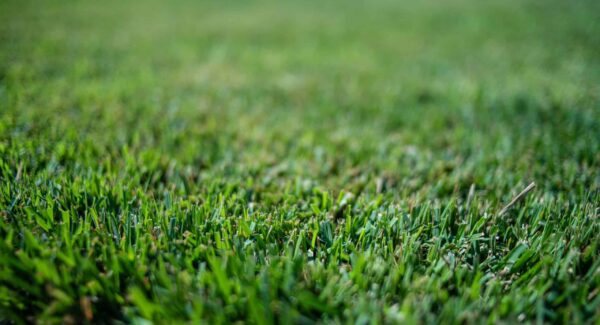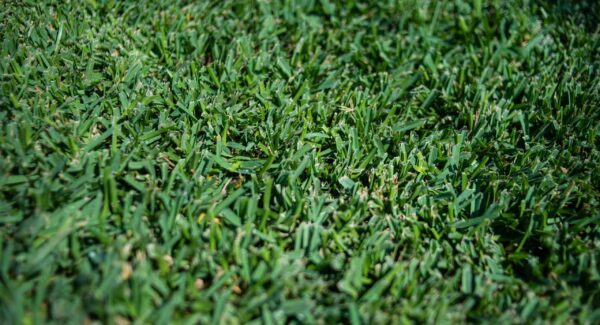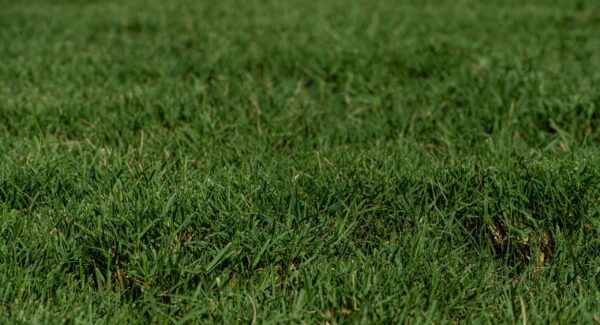How to Fix Common Lawn Problems: A Homeowner’s Guide
Caring for your lawn reflects your attention to maintaining your home – it speaks to your dedication, aesthetic sense, and desire to create a welcoming environment for your family and guests. A healthy and well-maintained lawn enhances any home, giving it a distinctive appearance and creating a peaceful oasis within arm’s reach. However, every homeowner knows that maintaining a green carpet is not always easy – grass requires care, and nature has its way of challenging even the most persistent efforts.
Issues like pesky weeds, dry or damaged grass, and unwelcome insects are familiar to every lawn owner. It’s not uncommon for grass to lose its vibrant color, thin out, or grow unevenly despite all your efforts. Many are frustrated, unsure of what they’re doing wrong or how to bring their lawn back to life. The good news, however, is that none of these problems are unsolvable. With the right approach and an understanding of basic maintenance principles, any lawn can be restored to its former glory.
This guide is here to help. We’ll show you how to tackle the most common lawn problems and lay the foundation for a long-lasting and healthy appearance. With the proper knowledge and patience, every lawn, no matter its starting condition, can become the pride of any home.
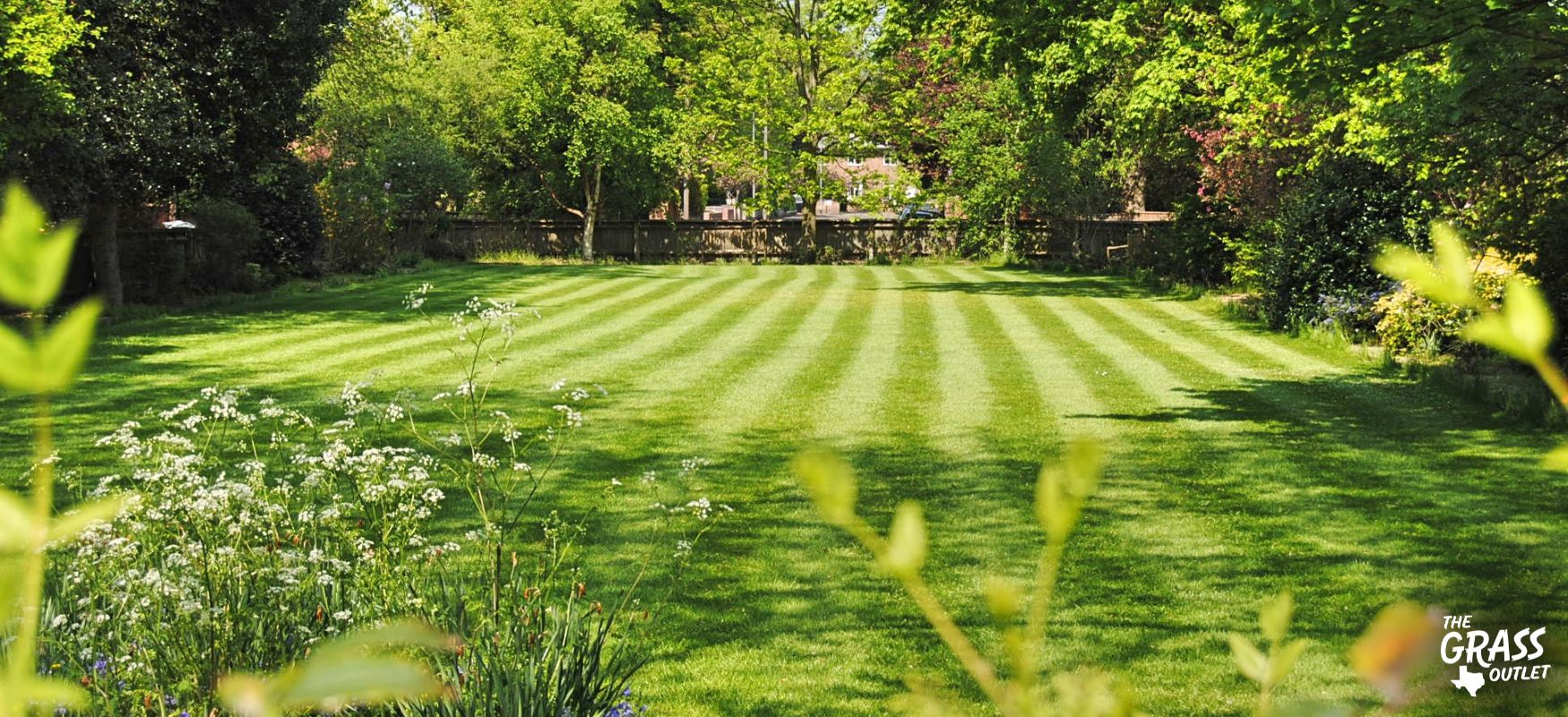
Diagnosing Common Lawn Problems: What the Grass is Trying to Tell You
A lawn doesn’t develop issues overnight but speaks to you through visible signs when trouble arises. Yellowing blades, thinning patches, or sections that appear lifeless aren’t random—they’re signals pointing to an underlying issue. Identifying these signs early and correctly diagnosing their root causes is the first step in effective lawn care.
What You See: The Symptoms of Lawn Trouble
The most common problems manifest visually:
- Yellowing or browning grass, brown-grey lesions and spots, or yellow stripes on the leaves can indicate nutrient deficiencies, overwatering, underwatering, or disease.
- Spots where the grass has died or stopped growing might result from high foot traffic, pests, fungal infections, or compacted soil.
- Sporadically growing grass —lush in some areas, sparse in others—often signals inconsistent watering, poor soil health, or hidden pest activity.
- Holes in the soil, torn roots, or grass that pulls up quickly might point to pests like grubs or moles wreaking havoc below the surface.
These visual signs are your lawn’s way of asking for help, but addressing them without understanding their cause can lead to frustration and wasted effort.
Why Root Cause Matters
Throwing solutions at symptoms without identifying the cause is like applying a bandage to a wound without treating the infection. For example:
- Overwatering yellow grass caused by root rot can worsen the problem while assuming bare patches are caused by pests might waste resources on unnecessary treatments that can deplete soil health.
- Discoloration caused by iron deficiency requires a targeted fertilizer while yellowing from drought stress requires proper irrigation adjustments.
Choosing the Right Grass: Why It Matters for Your Lawn’s Health
The type of grass you choose is the foundation of a healthy, resilient lawn. Grass isn’t just grass -it’s a living organism that interacts with your environment, climate, and care routine. Selecting the wrong type for your region can lead to endless frustration, as it struggles to thrive in conditions it wasn’t designed for. Understanding how grass varieties like Bermuda, Zoysia, and St. Augustine behave in different climates can save you time, effort, and expense while giving your lawn its best chance to flourish.
Grass Types and Their Unique Traits
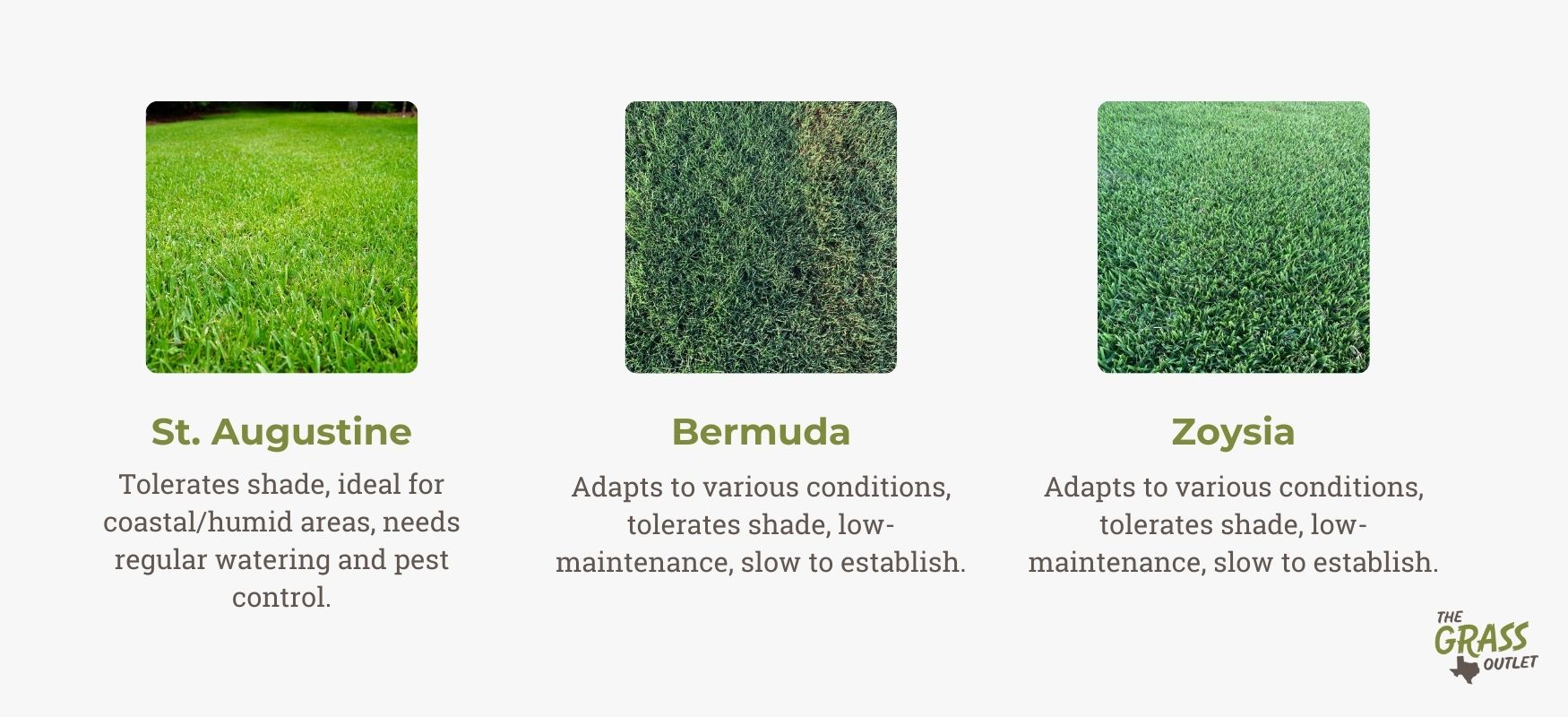
Every grass variety has its strengths and challenges. Here’s a breakdown of how some popular types perform:
Bermuda Grass
Known for its durability, Bermuda thrives in warm, sunny climates and handles heavy foot traffic exceptionally well. Its aggressive growth makes it great for filling bare spots, but requires consistent mowing and maintenance to keep it from overtaking flower beds or neighboring areas. If you live in a hot, southern region and enjoy outdoor activities on your lawn, Bermuda might be your ideal choice.
Zoysia Grass
Zoysia is the definition of balance—it adapts well to various conditions, tolerates moderate shade, and requires less mowing than Bermuda. Its dense growth naturally suppresses weeds, making it a favorite for homeowners seeking low-maintenance beauty. However, it’s slow to establish, so patience is needed for a new Zoysia lawn to mature fully. This grass is perfect for transitional climates with both warm and cool seasons.
St. Augustine Grass
St. Augustine is a standout option if you live in a coastal or humid area. It tolerates shade better than most warm-season grasses, making it ideal for yards with trees or partial sunlight. Its thick blades create a lush, carpet-like appearance but are less drought-tolerant than Bermuda or Zoysia. Regular watering and attention to pest control (especially chinch bugs) are key to keeping St. Augustine healthy.
Climate Compatibility: The Key to Success
Grass doesn’t just grow – it adapts. A variety that thrives in Florida’s heat and humidity may fail miserably in Arizona’s arid conditions. Similarly, a grass perfect for Georgia’s mild winters might wither under the harsh cold of Minnesota. The most common factors influencing your choice should be:
- Warm-season grasses like Bermuda and St. Augustine are suited for southern climates, while cool-season grasses like Kentucky Bluegrass thrive further north.Regions with frequent rain might better support St. Augustine, while drought-prone areas often fare better with Bermuda or Zoysia.
- Grass like St. Augustine handles shaded areas, while Bermuda requires full sunlight to stay vibrant.
Why the Right Choice Saves Time and Money
Choosing the wrong grass for your climate or yard conditions can lead to ongoing battles against weeds, pests, and disease. For example:
- A shaded lawn planted with Bermuda will struggle to survive, leading to thinning and bare spots.
- St. Augustine grass in a dry, desert-like climate will demand constant watering, inflating water bills, and requiring extra care.
- Planting Zoysia in a region with extreme winters may result in dormancy for months, leaving your lawn looking lifeless.
Brown or Yellow Spots
When yellow or brown spots appear on the lawn, they are not just an aesthetic problem—they signal that something is wrong with the grass, soil, or lawn maintenance.
What could be causing this?
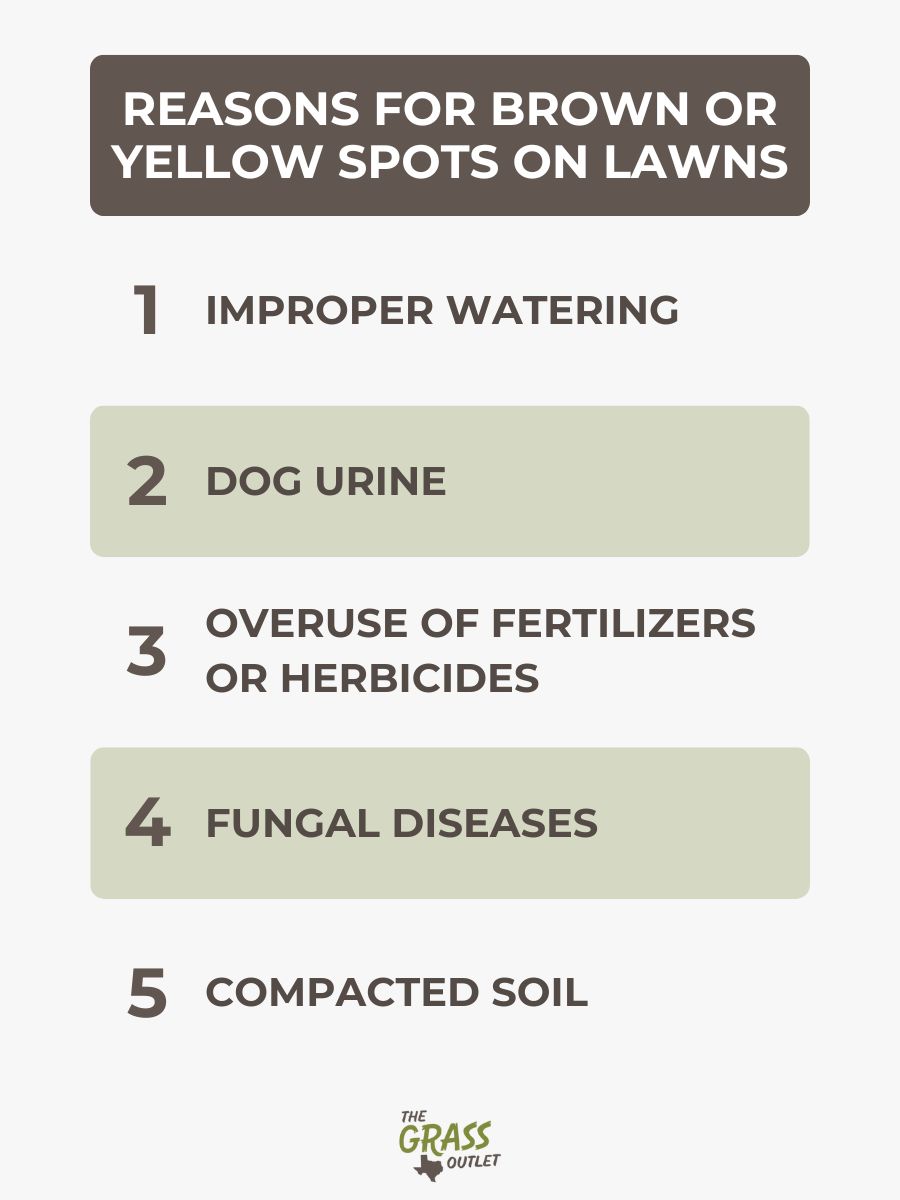
Spots usually occur when the grass begins to lose color and vitality. One of the most common reasons is improper watering – too much water can lead to root rot, while insufficient watering leaves the grass dry and brittle. You will often see these changes in parts of the lawn exposed to direct sunlight or wind, where moisture evaporates more quickly, or in areas where water stagnates, suffocating the root system. The problems can worsen if the watering schedule is not adjusted.
Other factors can cause spots, such as pets. Nitrogen in dog urine can burn the grass, leaving burnt spots, while the surrounding areas may look lusher due to the lower nitrogen concentration. Similarly, excessive use of fertilizers or herbicides can cause chemical burns on the grass, which many homeowners mistakenly do not associate with their maintenance practices.
You should know that lawns are often exposed to fungal diseases. Humid weather, dense grass without adequate airflow, and watering at the wrong time create perfect conditions for fungal growth. Their traces are easily recognizable – spots that spread, often in circles, or parts of the grass covered with reddish-brown or pinkish spots, lesions, or threads.
Adding to all this is the problem of compacted soil. In areas where the grass is frequently trampled, the soil becomes hard, reducing the flow of air, nutrients, and water to the roots. Grass in such areas loses the fight for survival, creating dry, lifeless patches.
How to Solve the Problem of Yellow or Brown Spots on Your Lawn
If you notice that the grass is suffering from improper watering, adjust the frequency and depth of watering. Water the lawn in the morning to allow the grass to dry before nightfall, reducing the risk of fungal diseases. Always ensure that water penetrates deeply into the soil to encourage root growth.
If pets are causing the spots, immediately rinse the affected areas with water to neutralize the nitrogen. Natural solutions, such as adding gypsum to the affected areas, can also restore balance to the grass. Regarding chemical burns, review your use of fertilizers and herbicides—always apply the recommended amounts and distribute them evenly.
To combat fungal diseases, improve airflow by regularly aerating the lawn and removing the accumulated debris layer known as “thatch.” If the infestation has advanced, apply fungicides, but only under the recommendation of a specialist.
Aeration is the key solution for compacted soil. Puncture the soil in problematic areas to allow air, water, and nutrients to reach the roots. Consider installing pathways or decorative stepping stones in frequently trampled areas to reduce pressure on the grass.
Problem: Weeds Overtaking the Lawn
Where grass weakens, weeds find the opportunity to take over, often spreading across large areas before homeowners realize what is happening. These unwanted guests don’t appear randomly; their presence is usually the result of issues with soil, watering, or lawn maintenance practices.
It all begins where the grass is most vulnerable—areas with weak coverage, bald patches, or thinning caused by excessive foot traffic. When grass lacks density and strength, weeds seize the chance. Sunlight penetrates directly into the soil, allowing weed seeds to germinate and spread.
These problems are often worsened by improper mowing. When cut too short, grass loses its ability to shade the soil, leaving space for weed invasion.
The condition of the soil also plays a role. If the soil is overly compacted, grass roots cannot penetrate deeply, while certain types of weeds, like dandelions, thrive in such conditions. Similarly, when the soil lacks nutrients, weeds like clover quickly take over, as they are adapted to poor soil conditions.
How to Solve the Weed Problem on Your Lawn
This is not just about removing unwanted plants – the key lies in strengthening the grass and restoring the balance of the lawn and soil so that weeds lose their space to grow. Here’s how to tackle this challenge:
- Strengthen the Lawn A healthy, dense lawn is the best defense against weeds. If parts of your lawn are weak or thinning, you need to work on restoring them. Regular aeration of the soil helps reduce compaction, improves air, nutrients, and water flow to the roots, and strengthens the grass.
- Adjust Mowing Practices Mow the grass at the recommended height—slightly taller grass creates shade, making it harder for weed seeds to germinate. Avoid cutting over one-third of the grass height in a single pass, as this can weaken the plant and leave it vulnerable to weed invasion.
- Use Pre-Emergent Herbicides Pre-emergent herbicides are a preventive measure that stops weeds before they even germinate. Apply them to the lawn early in the spring to prevent common weeds like crabgrass or wild grasses. Be careful with application and follow the instructions to avoid damaging the grass. For extra protection, reapply 90 days after the first application.
- Implement Sustainable Weed Removal Methods Manually pulling out weeds, including their roots, can be an effective and completely natural solution for more minor infestations. Use natural products, such as vinegar-based solutions or cornmeal, to help suppress weed growth without negatively affecting the surrounding grass.
Problem: Bare Spots or Thin Grass
Bare spots on a lawn reveal the challenges your grass is facing, whether due to stress from heavy use, poor soil quality, or unfavorable environmental conditions.
These patches often appear in areas subjected to constant pressure. A popular shortcut across the yard, a play area for children, or a spot where pets frequently rest are the zones where grass struggles to recover. Over time, the compacted soil beneath these spots becomes unsuitable for root growth, depriving the grass of the essential elements needed for strong and dense growth.
Beyond traffic stress, bare spots can point to deeper soil issues. Grass may fail to thrive in areas where the soil is overly compacted, nutrient-poor, or retains too much water. Environmental factors, such as excessive shade, intense sunlight, or prolonged drought, further burden the grass, leading to thinning and eventual dieback.
How to Solve the Problem of Bare Spots on Your Lawn
Loosen and Enrich the Soil
Compacted soil in bare spots must be loosened to allow air, water, and nutrients to reach the roots. Use a garden fork or aerator to break up the soil and add compost or a soil conditioner to improve its structure and fertility.
Install Sod Patches
For immediate results, lay sod patches over bare spots to seamlessly blend them with the surrounding lawn.
Adjust Traffic Patterns
Protect vulnerable areas by redirecting movement or adding stepping stones in heavily used zones. This will help prevent new bare spots from forming.
Proper Watering and Fertilizing
Provide the grass with the necessary nutrients and hydration. Focus on deep, consistent watering and apply a balanced fertilizer to support root development.
Problem: Pests and Lawn-Damaging Insects
One day, your grass looks lush and vibrant, and the next, you notice wilting patches, loose turf, or mysterious tunnels crisscrossing your yard. These aren’t random occurrences; they’re signs that pests have made themselves a home on your lawn. Whether it’s grubs feasting on roots, chinch bugs draining moisture from grass blades, or moles disrupting the soil, these invaders create a ripple effect of damage that can quickly escalate.
What makes your lawn so inviting to pests? It often comes down to the environment you’ve unknowingly created. Rich in organic material, moist soil is a buffet for grubs, while dry, stressed grass provides the perfect conditions for chinch bugs. Moles may not care about the grass, but their tunneling is a byproduct of hunting for insects living below the surface.
A pest problem is rarely isolated and often related to soil health, watering habits, and seasonal conditions.
This doesn’t mean you’re powerless against them. You can do this:
Treat Infestations
Identify the pests causing damage, such as grubs (look for wilted patches that lift easily) or chinch bugs (inspect the grass for tiny, fast-moving insects or use the coffee can trick).
Use natural remedies, like beneficial nematodes, to target grubs without harming the ecosystem. Act quickly by applying insecticides for above-ground pests like armyworms, which can obliterate your lawn overnight.
Encourage Beneficial Insects
To support natural pest control, attract beneficial insects, such as ladybugs or beetles, which feed on harmful species. Plant diverse grasses and flowering plants to help create a balanced ecosystem.
Repair Lawn Damage
After addressing the pests, repair damaged areas by aerating compacted soil, or for a quicker solution, install sod over affected zones to restore the lawn’s appearance immediately.
Lawn Doesn’t Grow Well in Shaded Areas
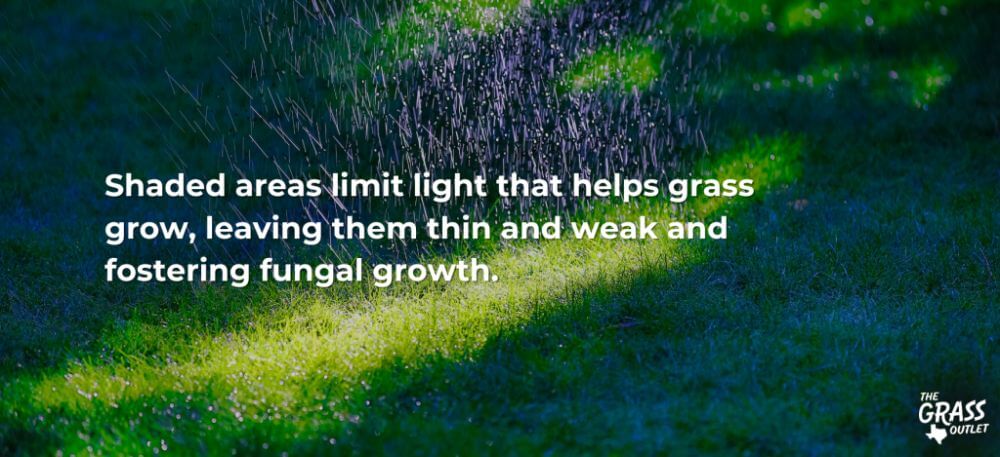
While shade relieves the sun, it also limits the amount of light grass needs to thrive, disrupts airflow, and creates conditions that favor moss or weeds instead of a lush lawn.
Grass needs sunlight to photosynthesize, a process that fuels its growth. In shaded areas, the limited light leaves grass weak and thin, unable to establish a dense cover. Poor air circulation often compounds the issue, trapping moisture and fostering fungal growth. Insufficient light and airflow create an environment where grass struggles to survive and compete with moss, weeds, or bare patches.
While shade-tolerant grass varieties can help, even they can only do so much without proper care and adjustments. Successfully managing shaded areas requires understanding the limitations of grass in these conditions and taking steps to create a more supportive environment.
How to Help Grass Thrive in Shaded Areas
- Plant Shade-Tolerant Grass Varieties
- Opt for grass that handles lower light levels, such as St. Augustine or Zoysia. These grasses are more adaptable to shade than traditional varieties and can establish better in challenging conditions.
- Trim Trees and Shrubs
- Allow more sunlight to reach the ground by thinning and raising the canopy of nearby trees or pruning overgrown shrubs. This doesn’t mean removing the shade entirely—just ensuring that grass gets more filtered light to support growth.
- Enhance the Area with Landscaping
- Consider incorporating landscaping elements like mulch, shade-tolerant ground covers, or decorative plants in spots where grass simply cannot thrive. These alternatives fill the space attractively and reduce the frustration of maintaining grass in unsuitable areas.
Problem: Uneven Lawn or Drainage Issues
Low spots, bumps, or areas where water pools can make your lawn challenging to maintain and even lead to further damage if left unresolved. These problems don’t arise overnight; they develop over time due to natural processes like soil erosion, improper grading, or excessive foot traffic.
When soil erodes, it gradually shifts away from certain areas, creating low spots where water collects. Poor grading from the initial landscaping or subsequent changes to the yard often exacerbates the problem. Water naturally seeks the lowest point, so any dips in the lawn become prime locations for pooling after rain or irrigation. Over time, these soggy spots can further compact the soil, making grass even more complex to thrive.
In some cases, uneven lawns result from the natural settling of the soil, especially in areas where fill dirt was used during construction. Roots, burrowing animals, or even heavy equipment can also disrupt the soil’s structure, creating a bumpy surface that’s challenging to mow and maintain.
How to Fix Uneven Lawns and Drainage Issues
Level Uneven Areas with Topsoil
To level an uneven lawn, fill low spots with quality topsoil, spread it evenly, and compact it gently to create a smooth, level surface. For more significant dips, consider reseeding or laying sod over the filled area to integrate it with the rest of the lawn seamlessly.
Install Drainage Solutions
Persistent water pooling in low spots requires more than just leveling.
- French Drains: Gravel-filled trenches and a perforated pipe redirecting water from problem areas. They are ideal for yards with chronic drainage issues.
- Rain Gardens: Planting a rain garden with water-tolerant plants in low-lying areas can help manage excess water naturally while adding aesthetic appeal to your yard.
Improve Soil Structure
Aerate compacted areas to improve drainage and allow water to infiltrate evenly. Adding organic matter, like compost, can enhance the soil’s ability to retain moisture without becoming waterlogged.
Conclusion
Regular lawn care and addressing issues promptly are essential for creating a vibrant and healthy outdoor space. A beautiful lawn isn’t just an ornament; it becomes a gathering place for family, a playground for children, and a relaxing spot in the fresh air. Problems like weeds, dry grass, or damage may seem discouraging, but with the right approach, each can be resolved, restoring the lawn’s natural beauty.
Through careful planning, choosing the right grass type for your terrain and climate, improving soil quality, and maintaining the lawn regularly, you can transform it into a lush green oasis you’ll be proud of. Every effort you invest in its health and appearance will reward you with a space that reflects not just the beauty of nature but also your dedication and love for your home.
